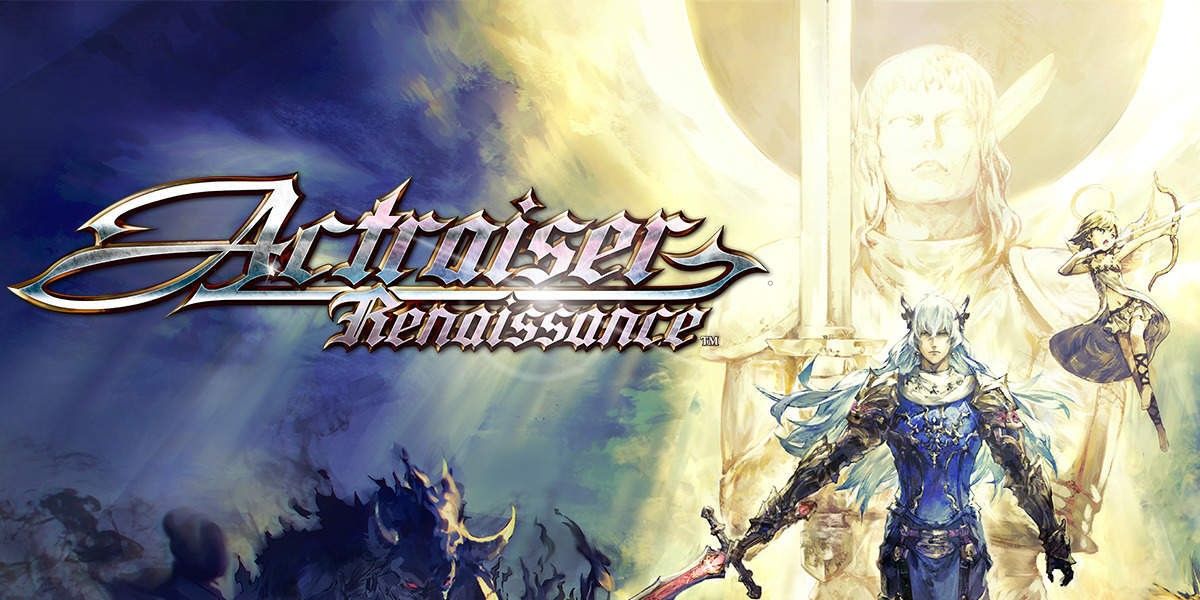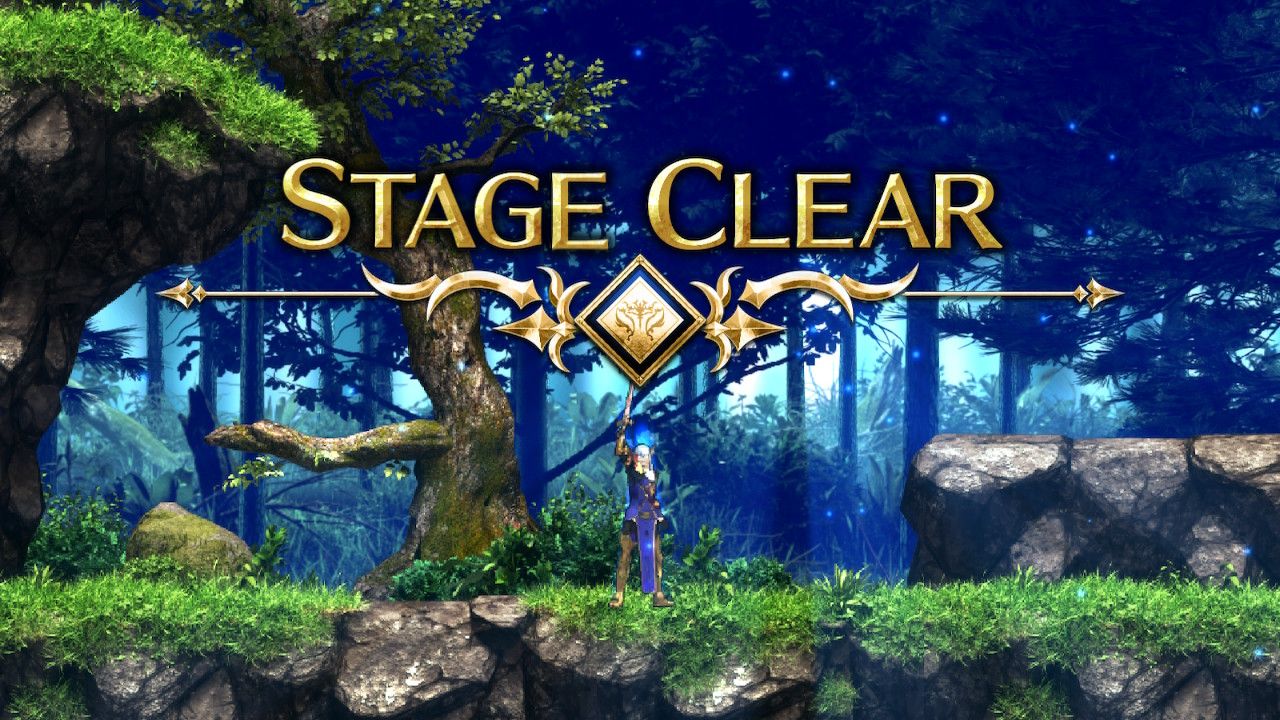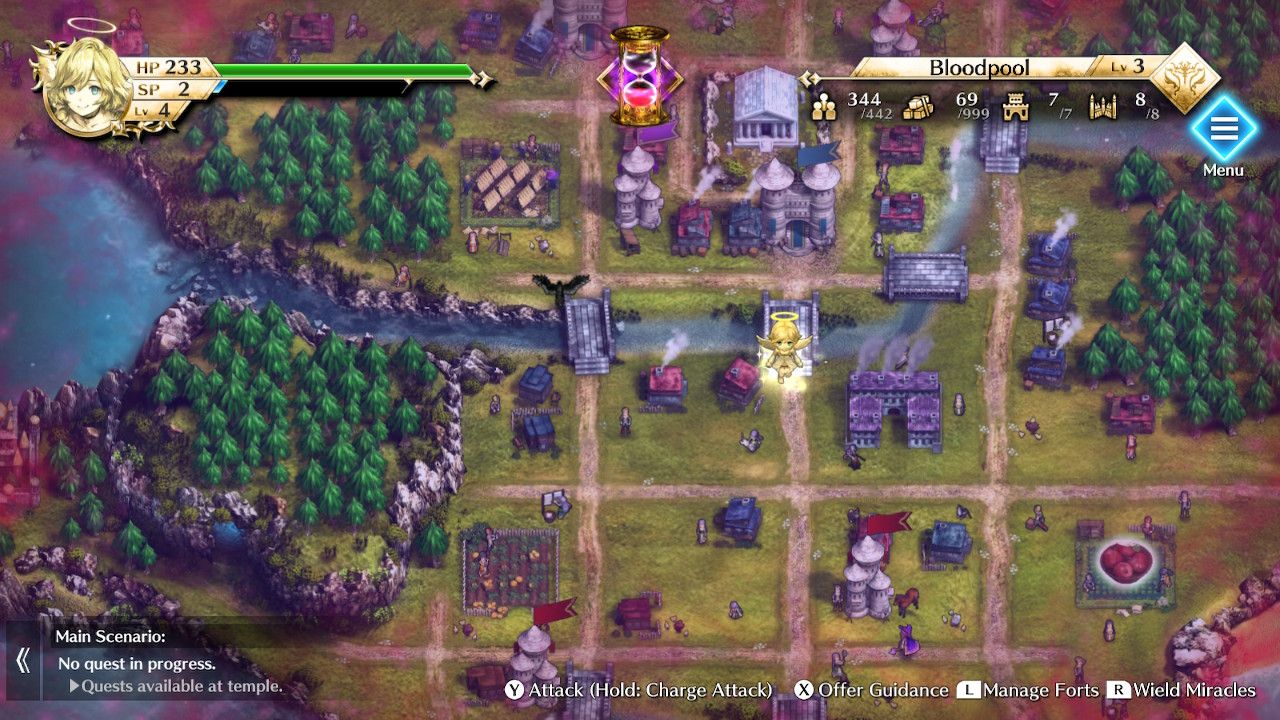Actraiser, Soul Blaser, Actraiser 2, Illusion of Gaia and Terranigma were all released for the Super Nintendo Entertainment System in the first five years of developer Quintet's lifespan and are still considered some must-plays for the console. Almost exactly 30 years after its original North American release, Actraiser has received a modern console remaster. Actraiser Renaissance was developed and published by Square Enix and aims to both recreate and update the original’s gameplay and visuals.
The story of Actraiser begins millennia after the end of the world. Tanzra, a demon bent only on absolute destruction, managed to defeat the Lord of Light and forced him to retreat to his Sky Palace to slowly recover his strength. This opening left the whole of humanity completely unprepared, and they were systematically brought to the brink of extinction by the monsters that Tenzra brought forth. The game starts with the Lord using a mortal avatar in the form of a living statue and an angelic assistant, beginning to create a foothold for humans to start to thrive once more while their worship allows him to assist them with beating back the darkness little by little.
Actraiser Renaissance acts more like two completely different games smashed together rather a single coherent piece. The story takes place in different realms where humanity is trying desperately to thrive again, and the gameplay splits these realms into two parts: Acts and Management. Acts are 2D hack-and-slash platforming segments that bookend each area, with some small portions being sprinkled in the middle for flavor. During Acts the Lord of Light possesses a statue as his mortal form, using its swordplay and magic to smite the powerful demons that humans would have no chance defeating. The main goal of these segments is to simply reach the end of the level and defeat the demonic boss, and most everything else is simply there to prevent that from happening, with a few notable exceptions. Scrolls and crystals scattered throughout each Act give the Lord’s avatar a permanent and temporary buff to their stats, respectively. The controls for these sections are solid to the point where it never feels like the controller’s fault when something goes awry.
Realm Management, on the other hand, is where the game takes a bold turn as these sections play out like a cross between a God Game and an RTS. During these segments, which actually take up the majority of playtime, the player pilots around the Lord of Light’s angel assistant in order to assist in the building and maintaining of the realm’s settlement. This is accomplished by the judicious application of divine guidance to suggest where mortals ought to build, divine miracles to help clear their path, and the procurement of resources with which to build defenses.
These defenses are important as the monsters that once all but destroyed humanity would very much like to do so again, and this desire leads them to raid the budding towns. These raids occur periodically throughout each realm’s story but can also simply occur at random as the realms develop. The tools at the player’s disposal to help beat back these threats are threefold: towers made from gathered resources; heroes that the player can move around; and the Lord of Light’s divine powers. Each one of these has its own important role to play and juggling them can be a bit hectic and quite fun during gameplay.
There were very few problems that could be seen while playing Actraiser Renaissance. The most noticeable issue was its performance, which will admittedly be a bigger problem for some but didn't detract from the game in any meaningful way. The game’s framerate was also a bit choppy immediately after exiting a loading screen and the loading itself could take time to finish. During normal gameplay, however, there were no problems experienced outside of the Lord of Light’s angel being slightly hard to aim thanks to him not always turning reliably.
The original Actraiser achieved cult classic status back when it first debuted thanks to its unique premise and gameplay. Fortunately, the promised Renaissance is able to more than give this gem another look for those who understandably missed its decades-old launch, and Actraiser Renaissance is an exciting, engaging experience in 2021.
Actraiser Renaissance released on September 23rd, 2021 for the Nintendo Switch, Playstation 4, and PC, and is also available on iOS and Android. Screen Rant was provided a digital Switch code for the purposes of this review.



